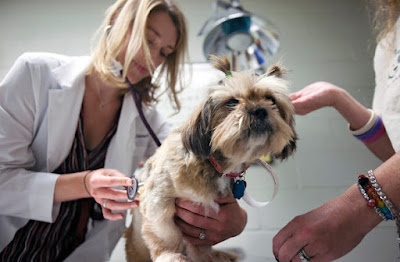
Image Source-Google | Image by- | genome
- In 1909, Clarence C. Little advanced the first inbred pressure, the DBA (Dilute, brown non-Agouti) mouse.
- In 1915, N.M Haldane recognized first linkage in mouse between Albino mice and red eye dilution on chromosome seven.
- In 1921, C57BL have become one of the maximum extensively used mice in genetics and become the first stress to have its genome sequenced.
- In 1982, Palmiter and Brinster implanted a overseas gene into fertilized egg, ultimately producing the primary transgenic mice genetically engineered to specific dominant oncogenes.
- In 1982, the stimulation of expression from the MMTV-LTR (Mouse mammary tumor virus-Long terminal repeat) changed into completed by way of a couple of rounds of being pregnant and lactation to assess the relevance of a cellular proto-oncogene, c-myc.
 |
| Image Source-Google | Image by- | genome |













